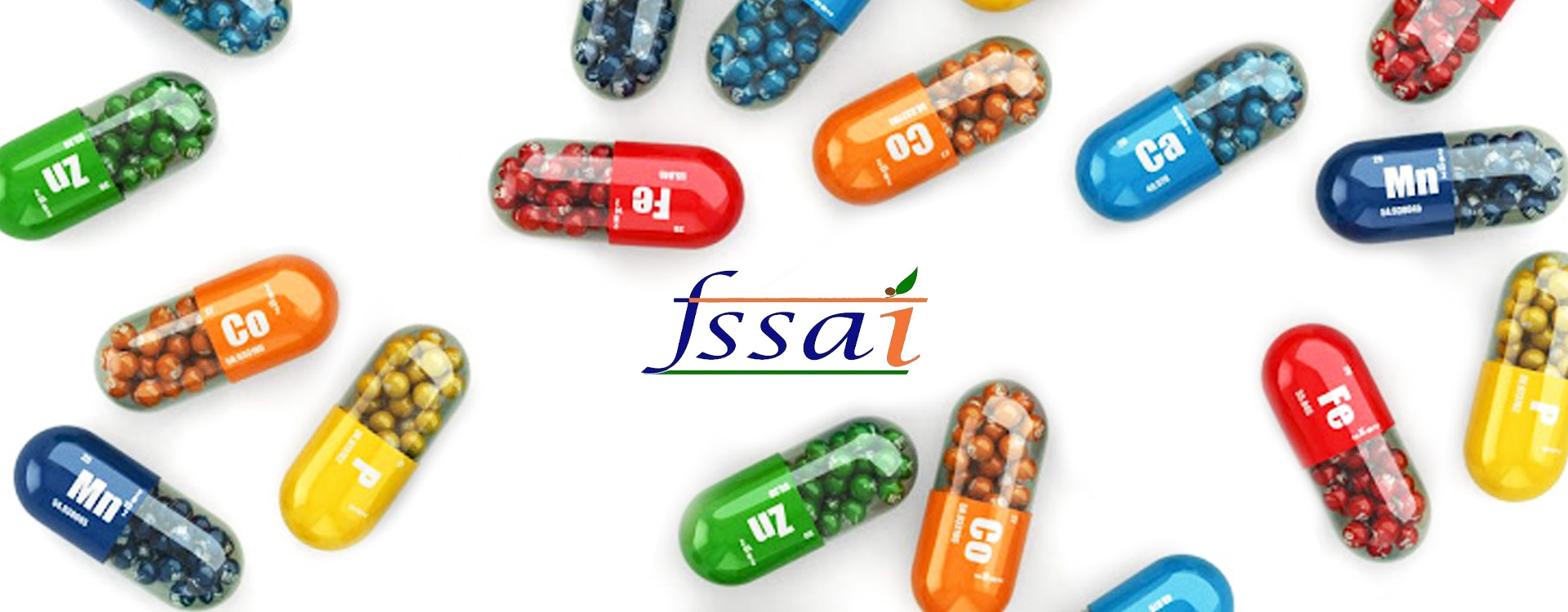PM Narendra Modi’s 75th Independence Day speech promised to bring six big announcements out of which nutrition was one. In his speech, he mentioned that staple food rice should be fortified to make it nutritious. Fortified rice for the poor will be distributed from the year 2024 in mid-day meals, ration shops, and other distribution schemes.
India’s malnutrition numbers are still the most frightening in the world. According to the Global Hunger Index – calculated based on total undernourishment of the population, child stunting, wasting and child mortality – India stands at 94th position among 107 countries. Besides that, malnourishment in India causes losses worth $12 billion in GDP annually. Due to lockdown, several crucial government schemes were disrupted that could benefit millions of women and children.
Though the government is launching multiple schemes to eradicate malnourishment from the country, a change in the nutrition amount of nutraceuticals and food products can play a pivotal role in bridging the nutrition deficiency.
Recently, FSSAI ( Food Safety and Standards Authority of India) has published new rules on the Recommended Dietary Allowance (RDA) of vitamins and minerals which will come into force from July 1, 2023. Here is what the food businesses and nutraceutical companies should know.
New Rules on Recommended Dietary Allowance (RDA) by FSSAI
- The RDA for vitamin C in men has been increased from 40 mg to 80 mg and for women, the same has been increased from 40 mg to 65 mg.
- The amount of Zinc content in men has been increased from 12 mg to 17 mg whereas in women it has been kept 13.2 mg from 10 mg.
- The RDA of sodium for men has been reduced from 2100 mg to 2000 mg and for women, the value has been increased to 2000 mg from 1900 mg.
- The Calcium content for both men and women has been increased from 600mg to 1000mg.
- The new Vitamin A amount for both men and women is now 1000ug and 840ug respectively.
‘‘
According to the Global Hunger Index - calculated based on total undernourishment of the population, child stunting, wasting and child mortality - India stands at 94th position among 107 countries.
What will happen to the nutraceutical market and food businesses – new RDA rules by FSSAI?
The pharma companies that sold vitamins and minerals were earlier only recommended by doctors and physicians. The new RDA regulations will allow them to rethink and redesign the products and eventually be recognised as a nutraceutical product under new RDA levels, which can be made available in pharmacies, and e-commerce platforms. The products can also be advertised through fitness influencers and traditional media.
However, the pharmaceutical products in India cannot be advertised, since it will attract legal implications if a pharma company, without adhering to the new RDA levels, still claims itself to be selling nutraceutical products to attain traction and visibility. A product will be considered a medicine if it does not follow the revised RDA amounts and therefore cannot be marketed as a nutraceutical.
What are the market opportunities for nutraceutical products in India with the new FSSAI regulations?
According to a report from the International Trade Association, the nutraceuticals market in India will grow from $4 billion to $18 billion by the end of 2025, with 65% of the market share dominated by dietary supplements. The reason for this growth can be attributed to the below reasons:
Recovery from Covid: A report from the All India Organization of Chemists and Druggists (AIOCD) – AWACS says that Indians bought almost Rs 15,000 crore worth of vitamin supplements and other immunity boosters in Jan 2020 – May 2021. Under heavy doses of medication, a body requires essential nutrients and vitamins for cell regrowth. Other than boosting immunity and nutraceuticals like Vitamin-D, Vitamin-C and Zinc are in high demand amongst covid recovered patients for minimising the side effects of medicines and detoxifying the body.
Athletic diet: The millennials and GenZ are conscious about maintaining a perfect body under the visual influences of fitness influencers and sportsperson on social media platforms. It is paving the demand for sports and energy drinks, fortified breakfast cereals, protein powder, and fruit juices, both herbal and non-herbal.
A shift in consumer demand: Including nutrition supplements in the diet which was yet nascent in India is facing tailwinds due to a sudden surge to be fit and healthy. Consumers are shifting to consume healthy snacks, protein bread, and whey protein. Demand for nutraceuticals like ginger, garlic, curcumin, selenium, astaxanthin, polyphenols, and probiotics is expected to grow. Moreover, willingness to spend on such products will also drive the demand.
Thus, leveraging the changing consumer behaviour, more nutraceutical and food companies will be embraced by Indian consumers.




